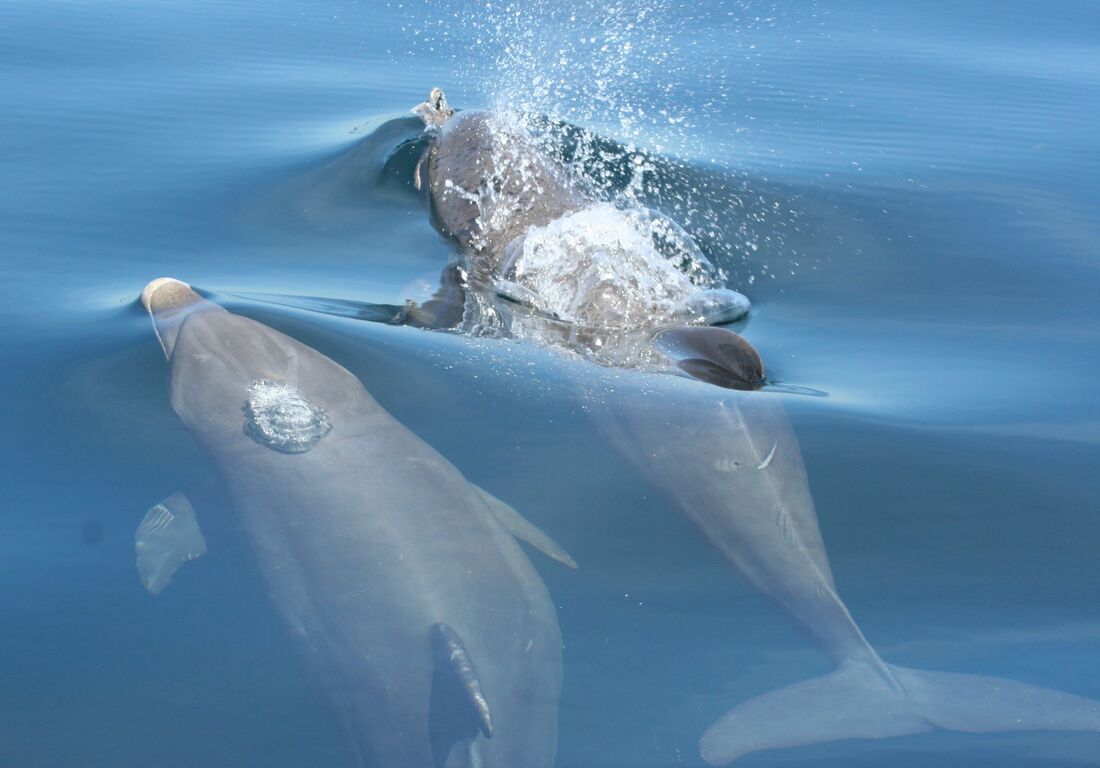As part of my first year at University of Vermont, I was accepted into the LASP (Liberal Arts Scholars Program) LSS (Life Science Scholars) program and learning community. It created a tight knit group of students who quickly became like my family at UVM. We lived together in L/L suites and those within our specialty of LSS took classes together both our fall and spring semesters. CURE was the class we all took together in the spring semester. This course provided us with a more hands on research experience that was both compelling and rewarding. My classmates, Medwyn Roberts and Daniel Stoddard, and I focused our research on the whistle variations of pantropical spotted dolphins in Central America. For this project we were able to analyze recordings of dolphin whistles using the program RAVEN, looking at their contour types, harmonics, and many other elements of their acoustic structure. Overall, we found significant geographical variation among the pantropical spotted dolphin whistles that can be attributed to local acoustic adaptation among pods. Other factors that may contribute to the diversity of the whistles is environmental factors, human activity levels, or morphological differences among the dolphins. This course was an incredible experience that was extremely rewarding. Though the coronavirus pandemic cut some of our research short, the project was still successful in my eyes. This course has opened my eyes to the many possibilities of research and sparked an interest in further marine biology experiences and courses of study. CURE allowed me the opportunity to cultivate a new interest and dive into a new educational environment that I had previously never experienced. I would recommend this class to any student personally interested in furthering their research abilities and are interested in the marine biology field. I thank and Professor Laura May-Collado for being such a captivating and knowledgeable professor and for allowing me to have this incredible experience in only my first year of study. It has been an extremely eye opening and positive journey.
|
|
AuthorLSS-CURE Students ArchivesCategories |

 RSS Feed
RSS Feed
